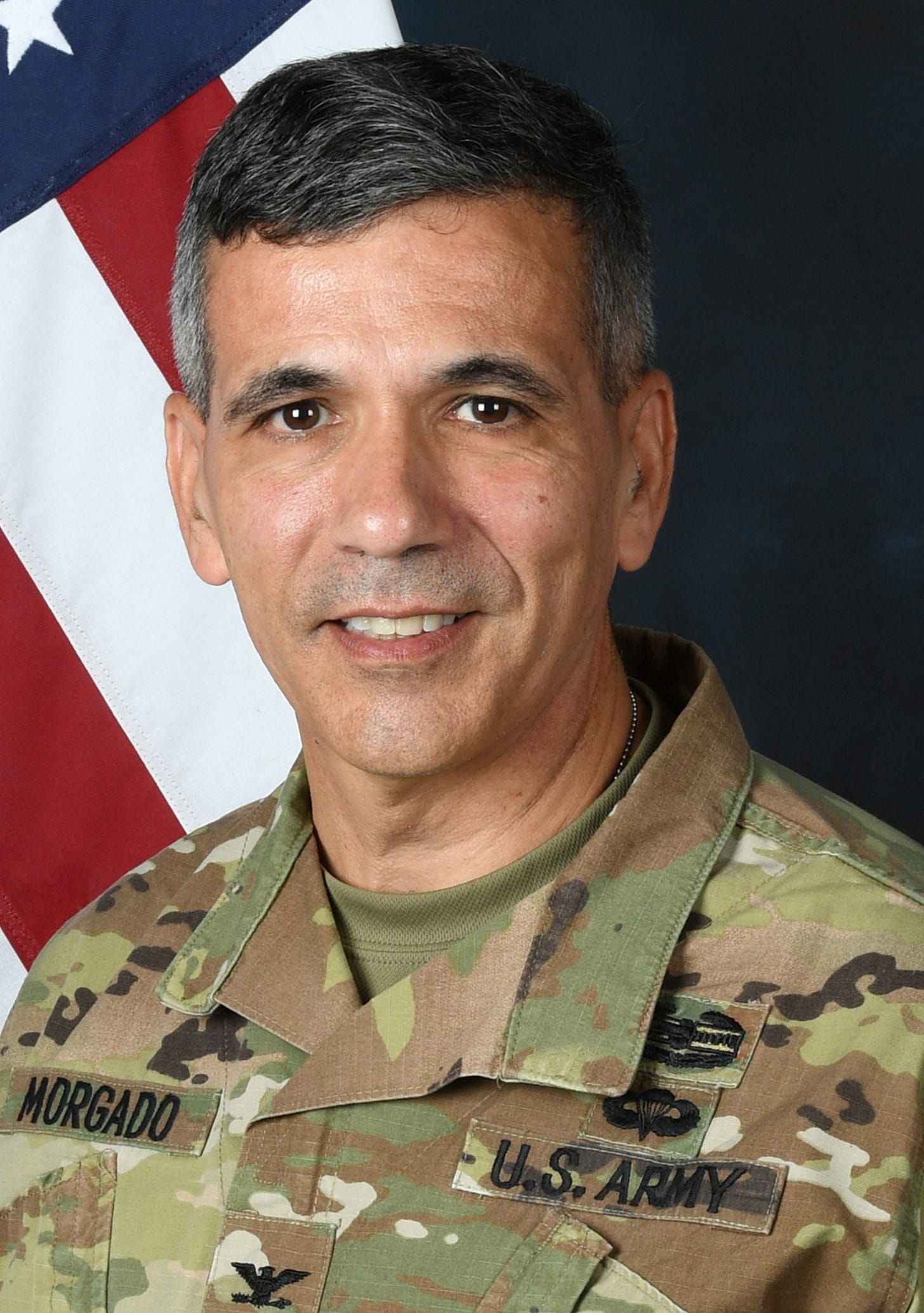The Max Effective Range of Your Voice
It's not as far as you think
“…we must all own our profession – share ideas, engage in debate, and learn together.” Michael Weimer, Randy George, and Christine Wormuth, “Message to the Army Team,” 27 October 2023
LT Years - Something to write on, something to write with
“Lieutenant, the uniform around here for officers includes a pen, a pencil and something to write on. Are you in the right uniform?” This was my introduction to 2nd Platoon, 1st Battalion, 72nd Armor Regiment from SFC Contreras, a sergeant who knew his business. He even knew my business better than I.
SFC Contreras taught me the first two enduring lessons of my career. First, the human body and mind is fallible so build systems to make up for your deficiencies. Second, a leader must be able to communicate through multiple media to get the message across; and you must make it stick.
As I assume the role as the Director of Army University Press (AUP), the Army’s premier communications and publishing house, I am a long way from that day in a humid Korean motor pool where my introduction to sense-making and writing began. Thirty years on, I have not forgotten these lessons and realize they have only increased in value. Leaders capture what is going on around them, contextualize the experience, and communicate that to others.
My experiences as a commander and staff officer, both in combat and in garrison, reinforced the importance of clear verbal and written communication, especially for Army leaders.
CPT Years - Max effective range of your voice
As a cavalry troop commander deploying to Iraq, I found that the laws of physics hindered the application of “purpose, direction, and motivation”. The projection of my voice, my physical presence, the maximum effective range of an e-mail (which is infinite, by the way) or a handwritten note are all modes of communication with strengths and limitations.
Knowing I couldn’t rely on my voice to carry the day, I invested in a 5-ply, preformatted operations order format (the kind you are warned to “press hard, you are making 4 copies”), that I could use to publish troop level orders. Without being a complete Luddite, I knew I could not rely on the suite of exquisite electronic systems (“FBCB2” or “BFT”). Radio communications, FBCB2, BFT, my hastily scrawled pre-formatted order and a simple sketch were how I drove the troop across the depth and breadth of Iraq.
My multiple means of communicating did not obviate my platoon leaders’ responsibility to “write stuff down” (they got the same “LT, the uniform around here for officers…” talk from me), but it did provide them a durable and sturdy handrail and reference when they could not hear my voice or track my icon. Simplicity sometimes goes a long way in promoting true understanding.
FGO Years - The general needs his talking points
At my promotion ceremony to Major, a mentor told me that my left and right limits were “the Army” as a new field grade officer. The lesson here: I could no longer confine myself to the parochial interests of my branch or the specific organization I led. This obligated me to understand what the general was thinking and know HOW they thought. School of Advanced Military Studies (SAMS) reinforced this for me.
At SAMS, we were constantly reminded to not think FOR the commander but think LIKE the commander: to provide the depth and breadth of an issue to generate options without sacrificing initiative. So, it was not unexpected when I received the tasker from the Multinational Division - Baghdad Chief of Plans: “In an hour, the CG needs an info paper on the sequencing of surge Brigades that relates the history of the problem, the operational implications and three possible sequels so he can brief the Congressional Delegation. Oh, by-the-way, you won’t be able to brief him on it and you won’t be in the room.” Without the career-long practice of getting ideas on paper, and the reinforcement from SAMS, I could not have fulfilled my professional obligations and serve the institution.
Join the Conversation
The point of relating the adventures (or misadventures) of Lieutenant, then Captain, then Major Morgado is that writing is not some new, discovered skill. The wheel is still round. Writing in some form, whether scratched on the back of an MRE box, bulletized on a 3x5 card, or tapped away on a chat application all contribute to our effectiveness as leaders.
The Army is asking us—the people putting ideas into action on a daily basis—to capture the present so we can learn from it and shape the future. Some of our writing will be good, some will take some revision, and frankly, some of it will stink. But the “idea” will live or die on its merits as dictated by the rules of a civil and professional discourse. Those ideas will never surface for consideration and possible application unless we capture them in a way that endures and subjects them to scrutiny.
Recent initiatives such as the Harding Project, the Harding Fellows, the Dubik Fellows and the Line of Departure all promote discourse and strengthen our Army profession. It is easier than ever before to join this conversation among the practitioners of military art and science. Our professional military journals are written, edited and read by fellow professionals; they are “ours”. The readers, consumers and “judges” are fellow professionals with “skin in the game.” I’m proud to be taking over at Army University Press where we are rekindling an atrophied component of our profession.
SFC Contreras, wherever you are, thank-you for making sure I was in the correct uniform and, more importantly, investing in me, and showing me what “right” looked like.




Thanks for putting that out here for the rest of us.
Truth, great article.